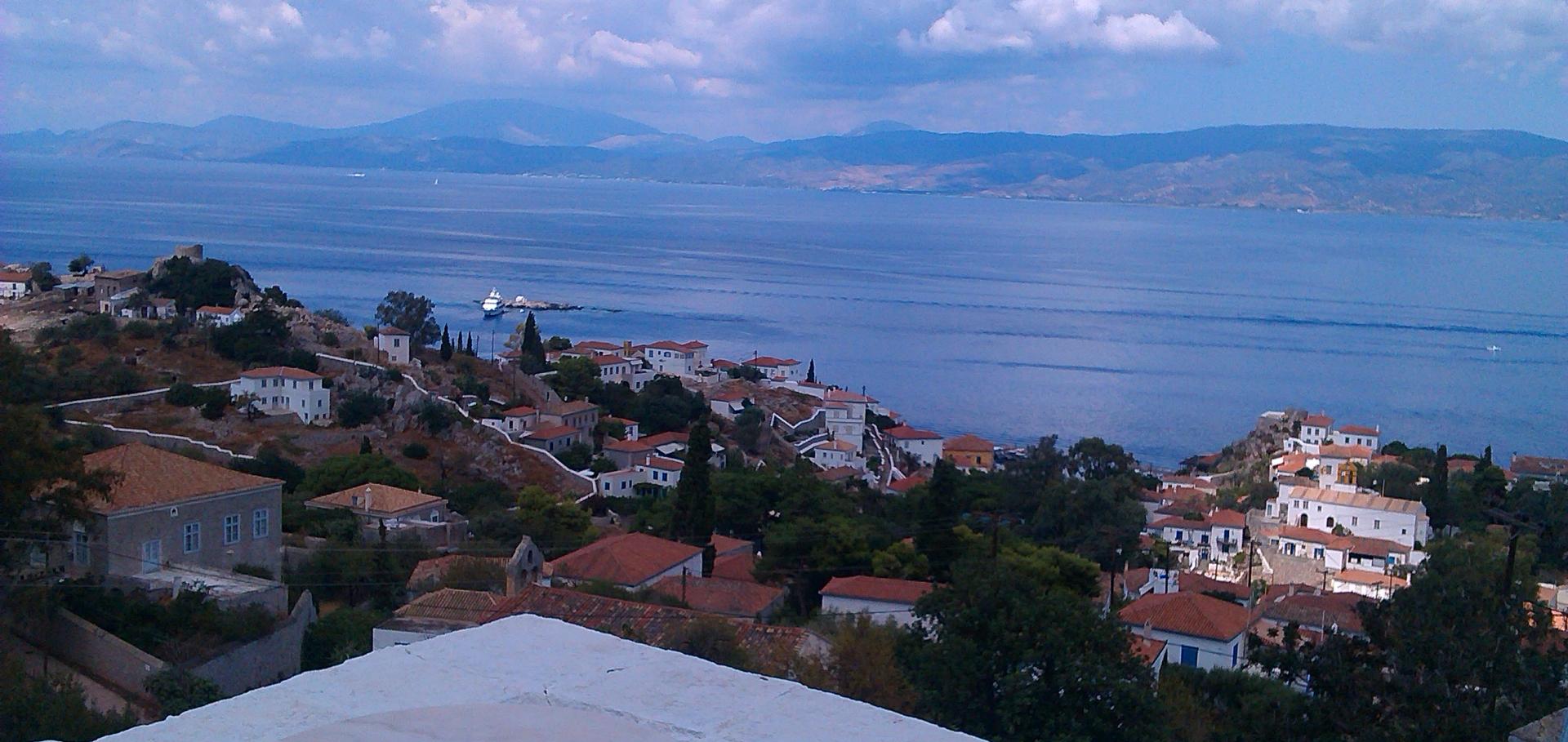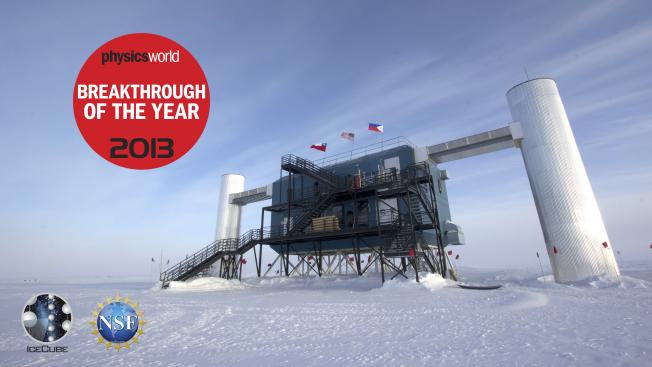Background studies for acoustic neutrino detection at the South Pole
Astroparticle Physics 35:6 (2012) 312-324
Abstract:
The detection of acoustic signals from ultra-high energy neutrino interactions is a promising method to measure the flux of cosmogenic neutrinos expected on Earth. The energy threshold for this process depends strongly on the absolute noise level in the target material. The South Pole Acoustic Test Setup (SPATS), deployed in the upper part of four boreholes of the IceCube Neutrino Observatory, has monitored the noise in Antarctic ice at the geographic South Pole for more than two years down to 500 m depth. The noise is very stable and Gaussian distributed. Lacking an in situ calibration up to now, laboratory measurements have been used to estimate the absolute noise level in the 10-50 kHz frequency range to be smaller than 20 mPa. Using a threshold trigger, sensors of the South Pole Acoustic Test Setup registered acoustic events in the IceCube detector volume and its vicinity. Acoustic signals from refreezing IceCube holes and from anthropogenic sources have been used to test the localization of acoustic events. An upper limit on the neutrino flux at energies Eν > 1011 GeV is derived from acoustic data taken over eight months. © 2011 Elsevier B.V. All rights reserved.Resolving astrophysical uncertainties in dark matter direct detection
Journal of Cosmology and Astroparticle Physics 2012:1 (2012)
Abstract:
We study the impact of the assumed velocity distribution of galactic dark matter particles on the interpretation of results from nuclear recoil detectors. By converting experimental data to variables that make the astrophysical unknowns explicit, different experiments can be compared without implicit assumptions concerning the dark matter halo. We extend this framework to include the annual modulation signal, as well as multiple target elements. Recent results from DAMA, CoGeNT and CRESST-II can be brought into agreement if the velocity distribution is very anisotropic and thus allows a large modulation fraction. However constraints from CDMS and XENON cannot be evaded by appealing to such astrophysical uncertainties alone. © 2012 IOP Publishing Ltd and SISSA.Search for signatures of magnetically-induced alignment in the arrival directions measured by the Pierre Auger Observatory
Astroparticle Physics 35:6 (2012) 354-361
Abstract:
We present the results of an analysis of data recorded at the Pierre Auger Observatory in which we search for groups of directionally-aligned events (or 'multiplets') which exhibit a correlation between arrival direction and the inverse of the energy. These signatures are expected from sets of events coming from the same source after having been deflected by intervening coherent magnetic fields. The observation of several events from the same source would open the possibility to accurately reconstruct the position of the source and also measure the integral of the component of the magnetic field orthogonal to the trajectory of the cosmic rays. We describe the largest multiplets found and compute the probability that they appeared by chance from an isotropic distribution. We find no statistically significant evidence for the presence of multiplets arising from magnetic deflections in the present data. © 2011 Elsevier B.V. All rights reserved.Searching for soft relativistic jets in core-collapse supernovae with the IceCube optical follow-up program
Astronomy and Astrophysics 539 (2012)
Abstract:
Context. Transient neutrino sources such as gamma-ray bursts (GRBs) and supernovae (SNe) are hypothesized to emit bursts of high-energy neutrinos on a time-scale of ≲ 100 s. While GRB neutrinos would be produced in high relativistic jets, core-collapse SNe might host soft-relativistic jets, which become stalled in the outer layers of the progenitor star leading to an efficient production of high-energy neutrinos. Aims. To increase the sensitivity to these neutrinos and identify their sources, a low-threshold optical follow-up program for neutrino multiplets detected with the IceCube observatory has been implemented. Methods. If a neutrino multiplet, i.e. two or more neutrinos from the same direction within 100 s, is found by IceCube a trigger is sent to the Robotic Optical Transient Search Experiment, ROTSE. The 4 ROTSE telescopes immediately start an observation program of the corresponding region of the sky in order to detect an optical counterpart to the neutrino events. Results. No statistically significant excess in the rate of neutrino multiplets has been observed and furthermore no coincidence with an optical counterpart was found. Conclusions. The search allows, for the first time, to set stringent limits on current models predicting a high-energy neutrino flux from soft relativistic hadronic jets in core-collapse SNe. We conclude that a sub-population of SNe with typical Lorentz boost factor and jet energy of 10 and 3 × 1051 erg, respectively, does not exceed 4.2% at 90% confidence. © 2012 ESO.Time-dependent searches for point sources of neutrinos with the 40-string and 22-string configurations of icecube
Astrophysical Journal 744:1 (2012)



